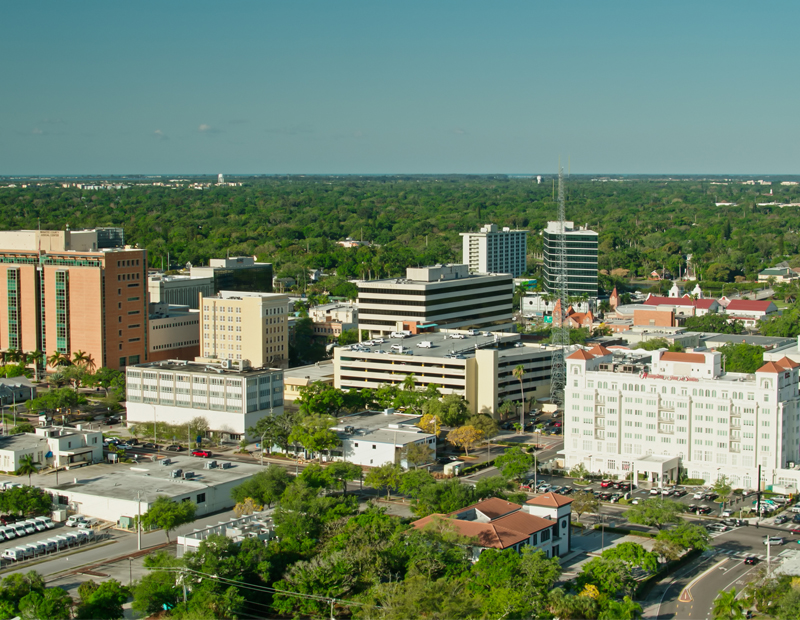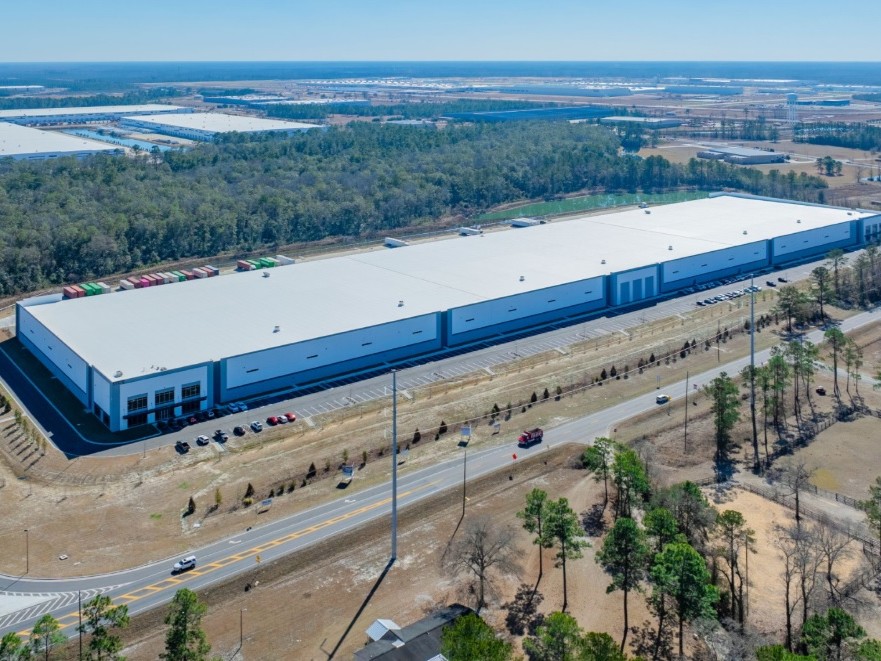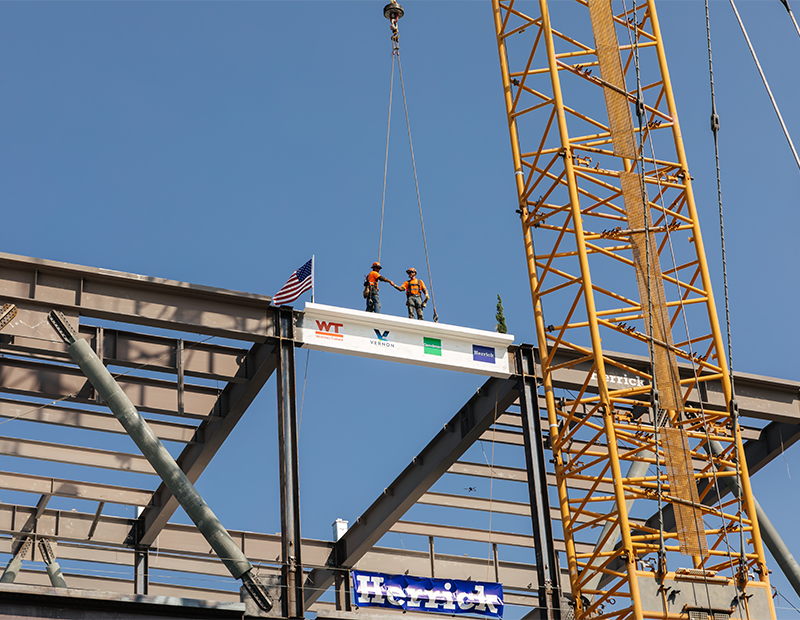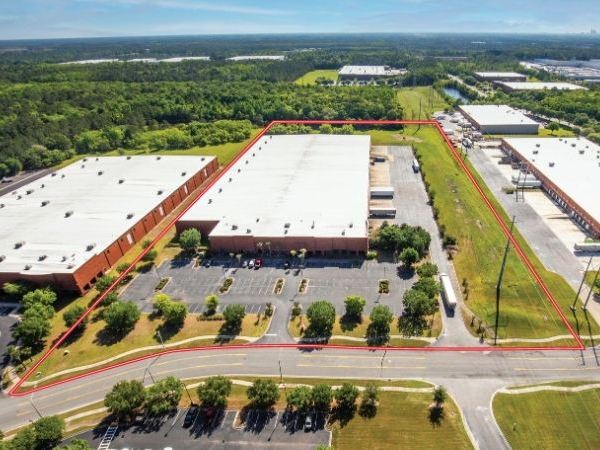NYC in a Nutshell
Trends to watch in the largest U.S. real estate market—some looming large, others flying under the radar.
By Jon DiPietra

Jon DiPietra, BBG
Two new interactive maps show how New York City has changed over the years, and how it might look in the future. NYC Street Map, a digital tool created by the city, offers a trip down Memory Lane, showing historical development street by street. While that resource points to the past, another one looks ahead. The Active Major Construction map and database from the Department of Buildings details every active construction site in the city with daily updates, giving its users a glimpse of the future.
But what about the current state of the New York City market? Here’s a snapshot of sectors, boroughs, and trends to watch.
The Big Picture
On the investment front, cautious optimism is the prevailing mood, as the commercial property sales decline of the past two years appears to be slowing. One indicator is the increased number of large property sales in Manhattan. In the first quarter of 2017, only four properties were priced at $250 million or more, according to Real Capital Analytics; in the first quarter of this year, 13 such properties traded.
Retail rents are dropping citywide, with food and beverage shops accounting for the most leasing activity. New York City is the biggest market nationwide for co-working space. Lower Manhattan saw its strongest quarter of office leasing in seven years even as the vacancy rate rose above 11 percent, almost certainly due to the opening in June of 3 World Trade Center.
Led by Related Cos. and Oxford Property Group, the $25 billion Hudson Yards megaproject is the largest private real estate development in U.S. history, as well as New York City’s biggest project since Rockefeller Center more than 75 years ago. Hudson Yards will bring office, hotel, retail space—including a seven-story mall—and “groves” of towers to a formerly underdeveloped area of Midtown Manhattan.
Hospitality, Housing and More
New York City’s hotel pipeline is the largest in the nation, with 169 projects totaling 29,365 keys. If all those projects pan out, they will raise the city’s supply of guestrooms 25.2 percent, according to Lodging Econometric’s most recent construction pipeline report.
Some 120 million square feet of apartment projects are underway, with five of the top 10 multifamily projects (ranked by unit size) going up in Queens. At the same time, luxury and affordable housing projects are redefining the Bronx, with Zillow reporting that several neighborhoods there recorded double-digit price increases in 2017 while average prices across the city decreased.
New York City has almost everything needed to lure companies in the burgeoning life sciences industry, including labor and life sciences institutions. The big thing it lacks is the right kind of real estate to accommodate such companies. At a time when the industry is poised for an explosion, this puts the city at a disadvantage, as experts pointed out during the Life Sciences 2018 Real Estate Development Symposium, held in June at the New York Academy of Sciences. Already, the city is working to address the issue, unrolling the $500 million LifeSci NYC plan to develop the industry in the city.
Once leery of pop-up retail, landlords have largely embraced the concept. Now, they’re slowly getting on board with the pop-up museum craze that’s taken hold of the city and shows no signs of slowing. As a business model, a traveling museum can be a tricky concept for lessors to grasp, but as the Wall Street Journal reported in July, pop-up museums have become “Instagram fans’ favorite place to pose.”
Jon DiPietra is the managing director of the New York City office of BBG, a national commercial real estate valuation, consulting and assessment firm.







You must be logged in to post a comment.